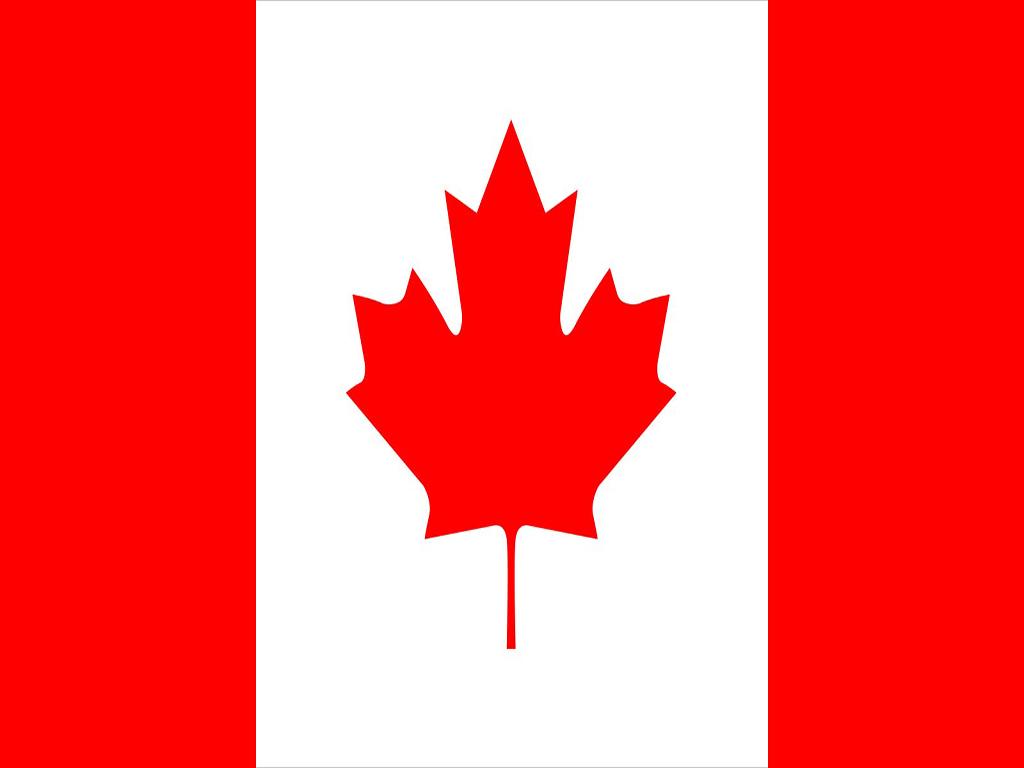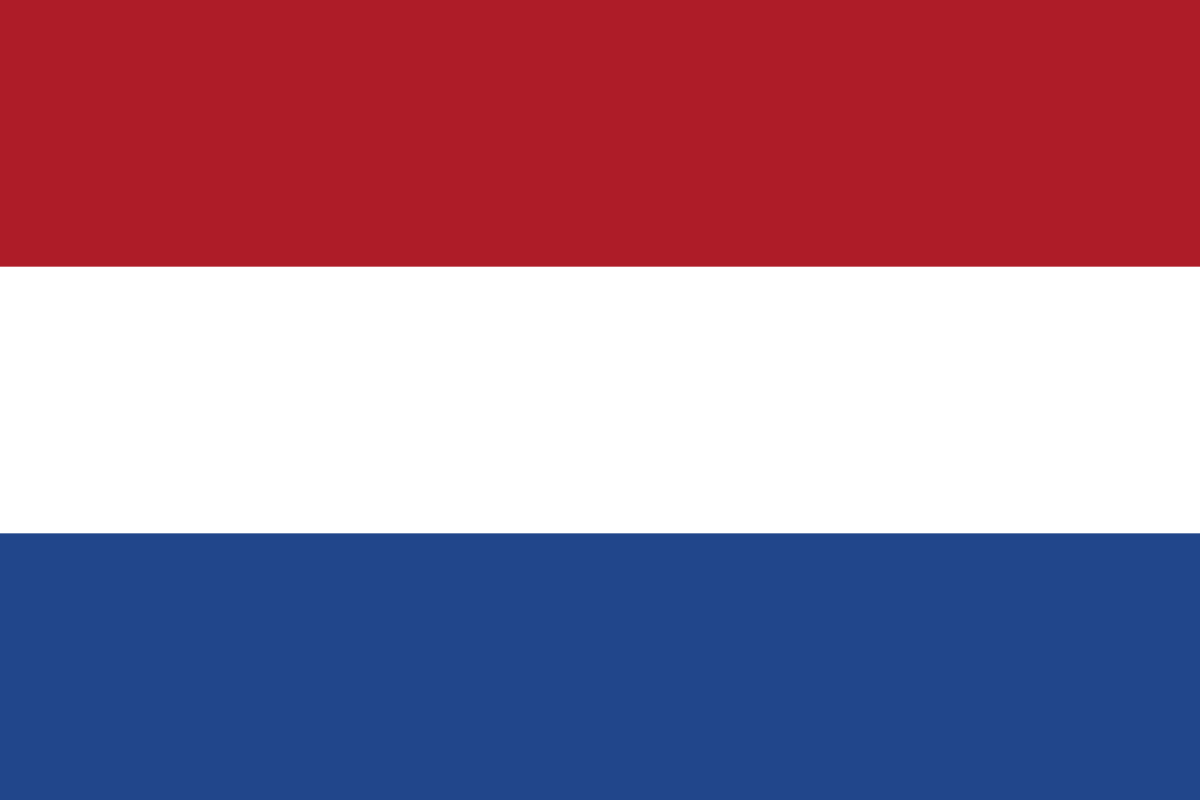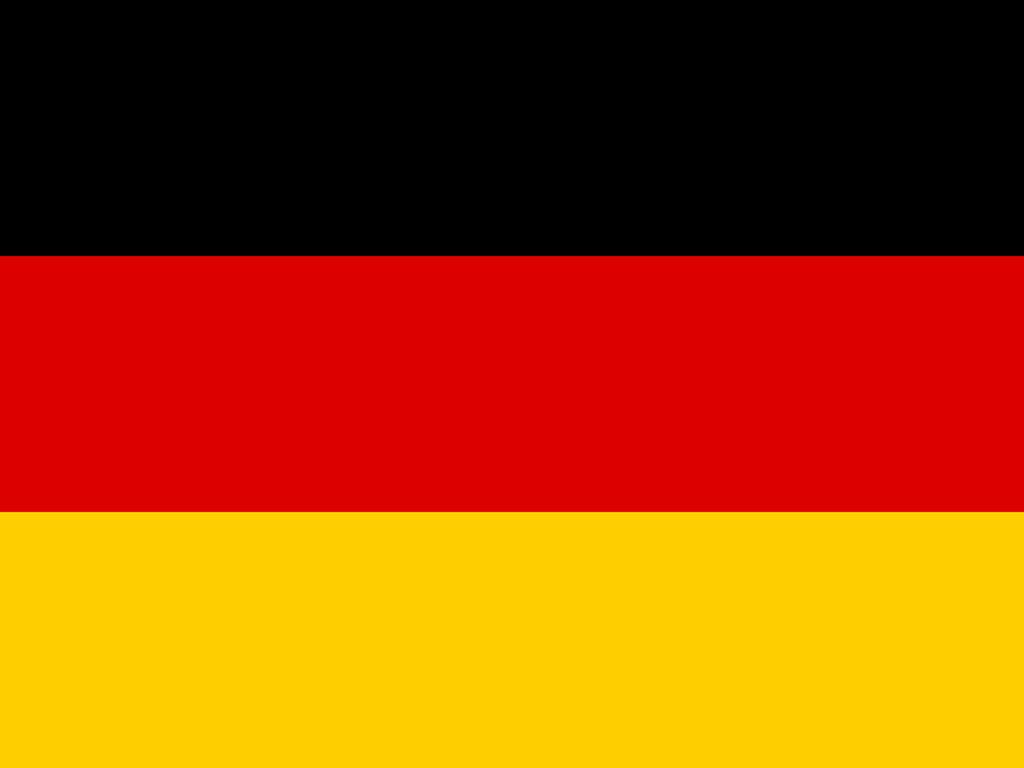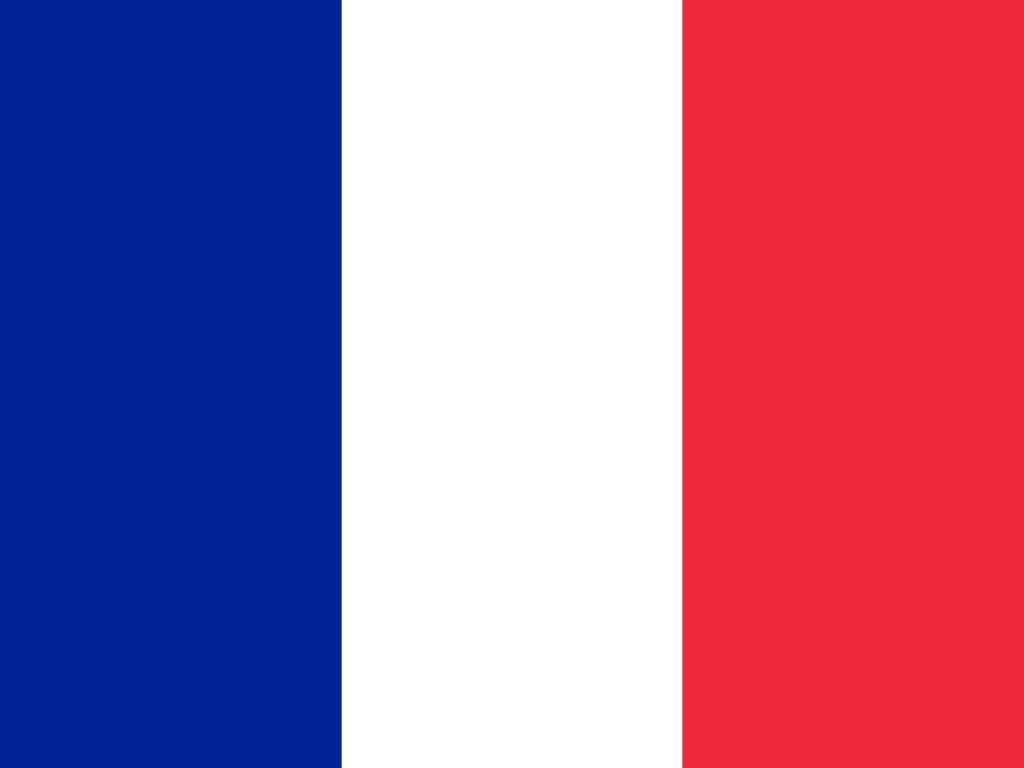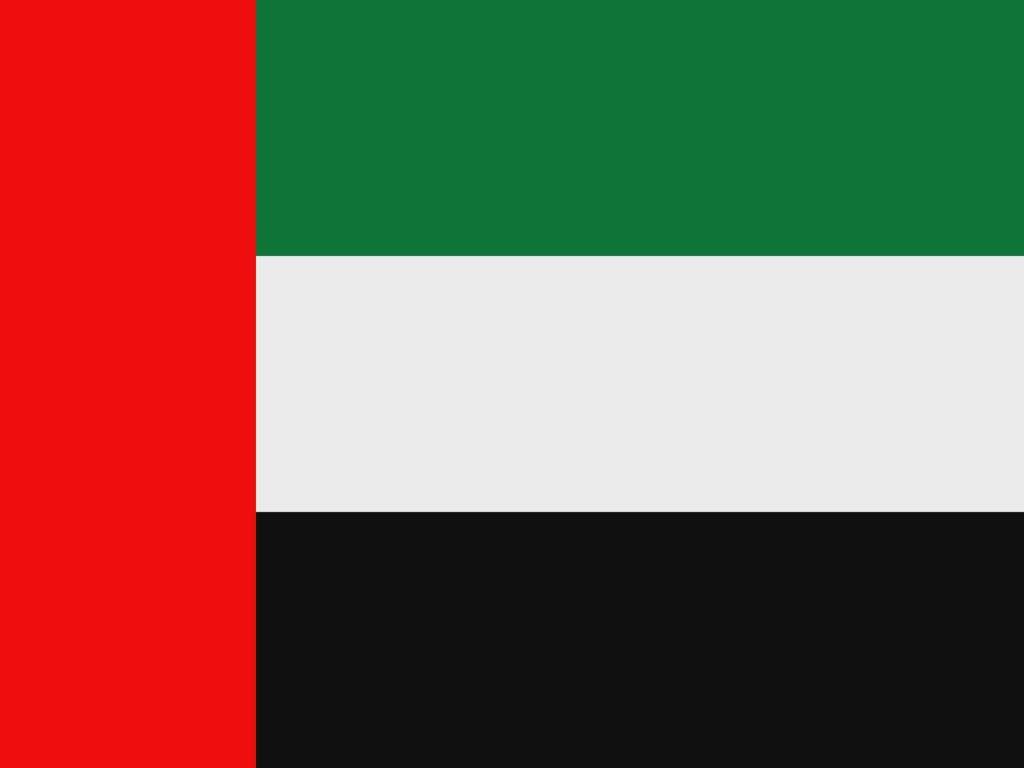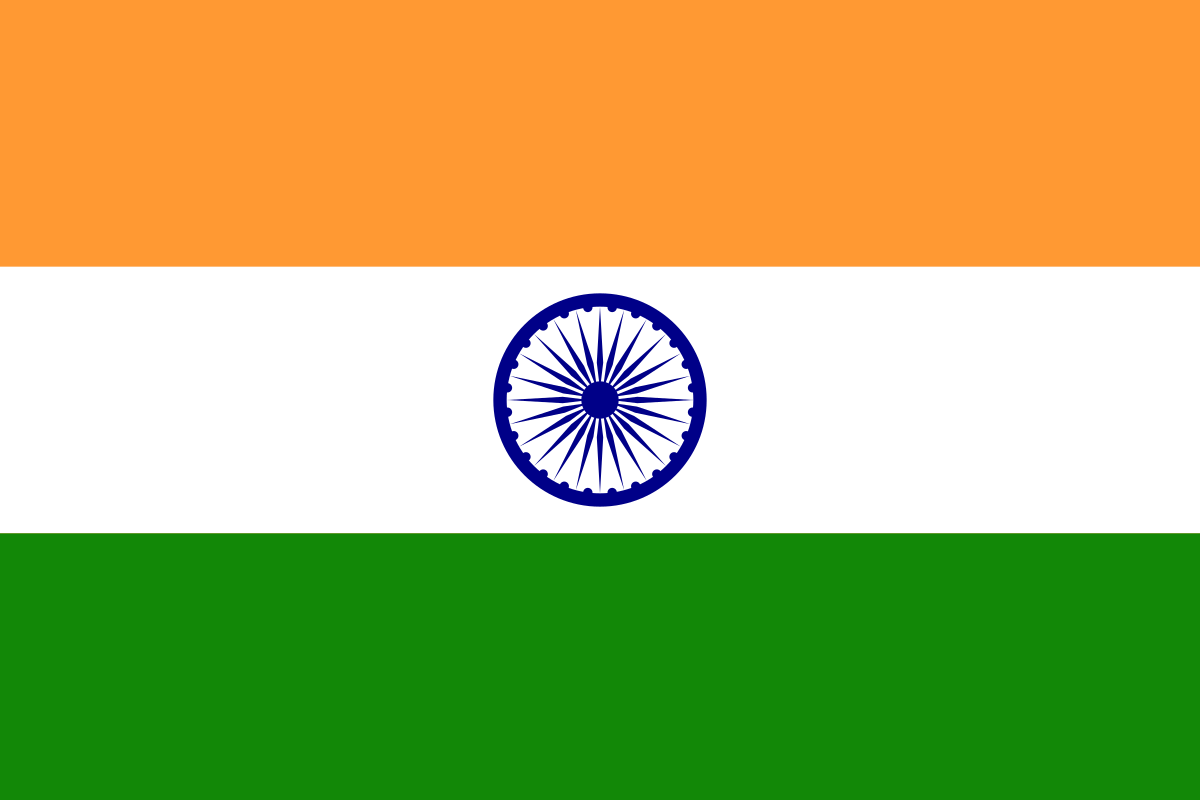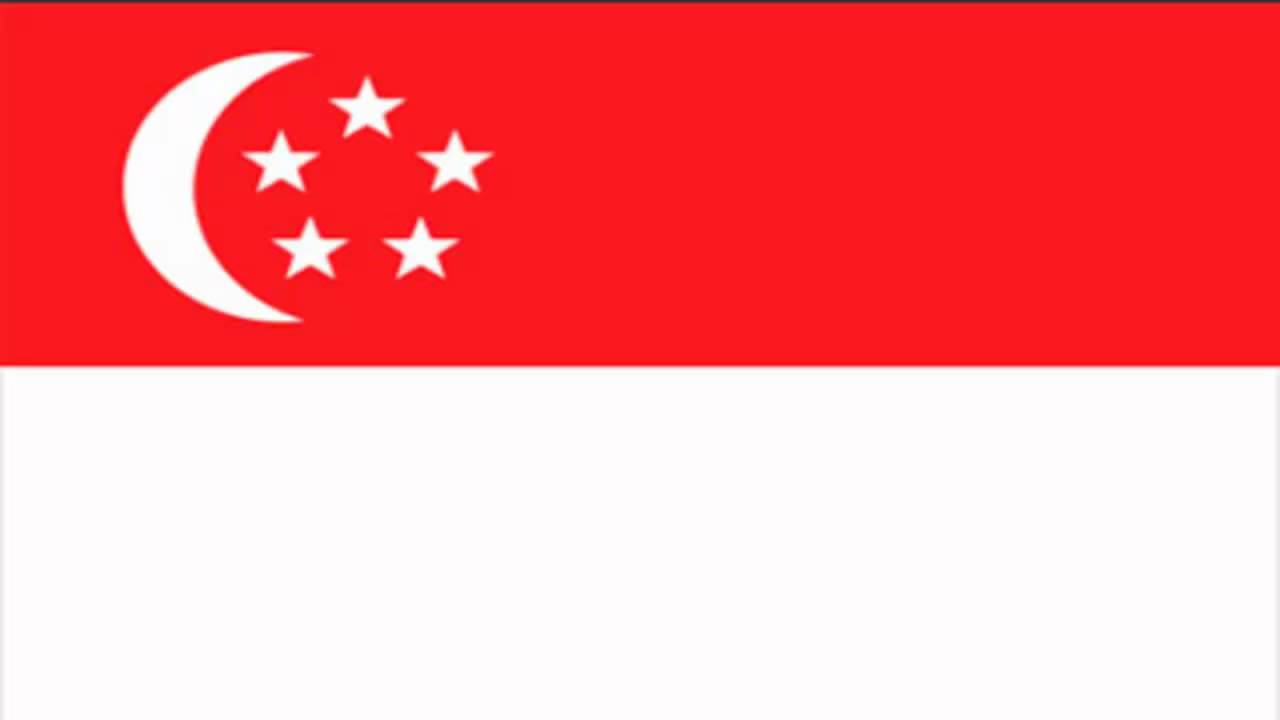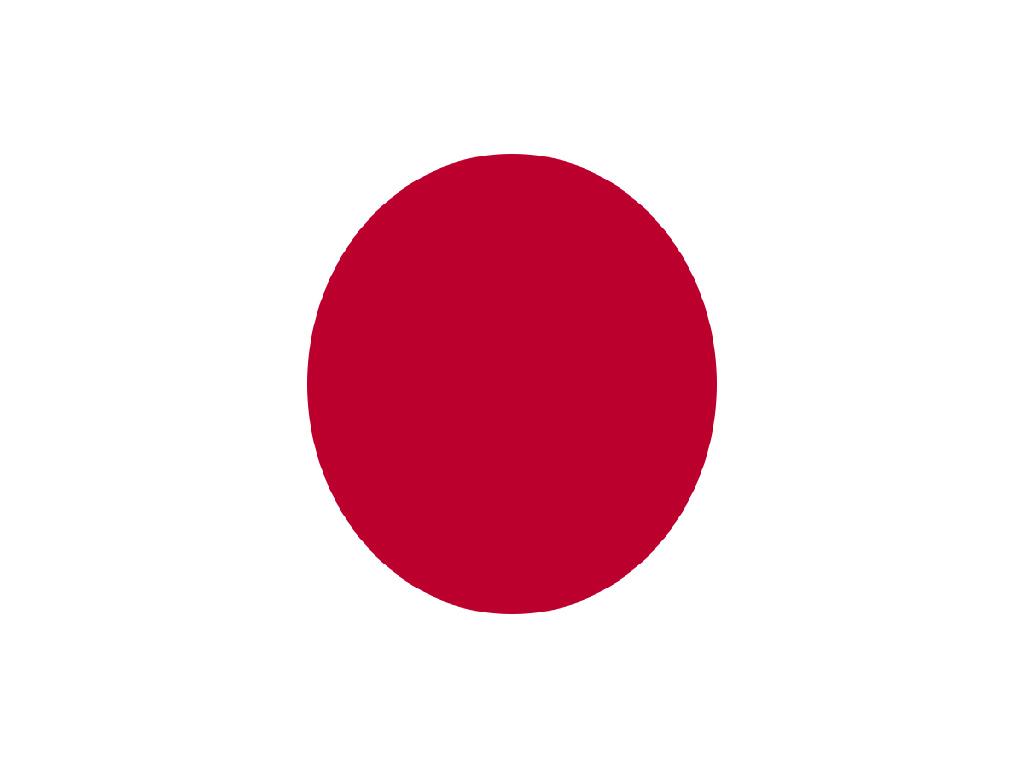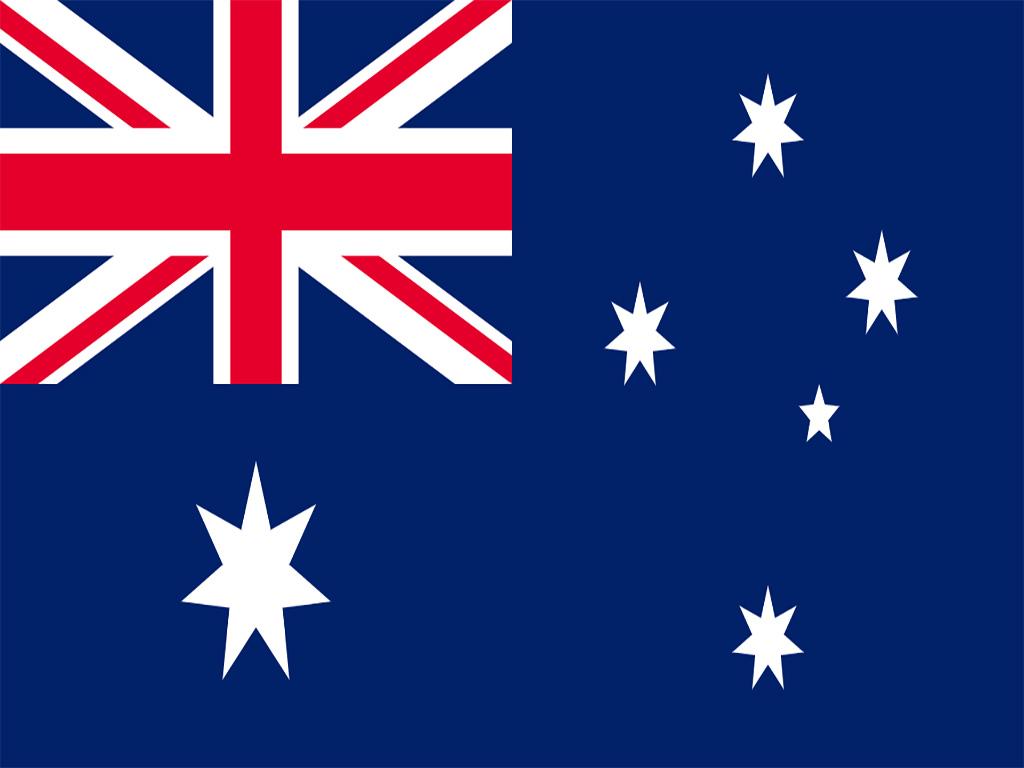The Basics of TDL ccTLD And gTLD
Introducing a new website can be daunting. You may have questions about what a domain name is, how to get one, and what types of domain names are available to you. As you continue reading, you will get introduced to the basics of domain names and this will help you decide which type of domain name is right for the new website that you are about to launch. A domain name is an identification string that defines a realm of administrative autonomy, authority, or control on the internet.
The Basics Of Domain Name
The internet is a vast, electronic network that spans the globe, consisting of millions of individual networks. It is a network of computer networks, linked together by copper wires, fiber-optic cables, wireless connections, and even satellite links. The internet is a global system of interconnected computer networks that use the standard Internet Protocol Suite (TCP/IP) to serve billions of users worldwide. It is a network of networks that consists of millions of private, public, academic, business and government networks, of local to global scope, that is linked by a broad array of electronic, wireless, and optical networking technologies.
A domain name is an identification string that defines a realm of administrative autonomy, authority, or control within the internet. Domain names are formed by the rules and procedures of the Domain Name System (DNS). Any name registered in the DNS is a domain name. The Uniform Resource Locator (URL) of a website is formed from the domain name of that website.
Diving Deeper Into TDL, ccTLD, gTLD:
If you intend to expand your current business online or establish a new one, you must have a website. However, you’ll have to get a domain name for the site before it goes online. You enter a domain name into your browser to locate a website. Google, for instance, has the domain name google.com. The TLD Top-Level Domain you choose for your company must be appropriate before a domain name is registered. The TLD is the final letter of a domain name, such as ‘.org,’ ‘.net,’ ‘.com,’ and so forth.
TLDs
TLDs are controlled by ICANN (Internet Corporation for Assigned Names and Numbers). ICANN is a nonprofit corporation in charge of organizing the operations, maintaining of several online databases, and providing a reliable and secure connection. IANA (Internet Assigned Numbers Authority), which is a branch of ICANN, is how it controls TLDs.
ccTLDs (country code Top-Level Domains) and gTLDs (generic Top-Level Domains) are the two primary categories of upper-level domains. Let’s examine each one separately.
ccTLD
A CC Top Level Domain (TLD) is an internet domain suffix, which is used in the Domain Name System (DNS) of the internet. The name is derived from the country code top-level domains (ccTLD) that are managed by the Internet Assigned Numbers Authority (IANA). The .cc TLD was introduced in 2010. The .cc top-level domain (ccTLD) is an Internet country code used to represent the Cocos (Keeling) Islands, which are officially called the Territory of the Cocos (Keeling) Islands. The .cc domain was originally intended for commercial use and was registered in 1997, making it one of the newer domains. Unlike other domains, there are no restrictions on who can register a .cc domain, making it popular for a variety of uses such as businesses, personal websites, and more.
The ccTLD (country code top-level domain) is a domain extension with two characters that denotes a website’s affiliation with a particular nation. Therefore, the moniker TLD is the country code. They are taken from ISO 3166, a standard that specifies the codes representing nations, particular geographic areas of interest, and crown dependencies and was released by the ISO (International Organization for Standardization). Here are a few instances of ccTLDs:
- France – .fr
- United Kingdom – .uk
- India – .in
- European Union – .eu
- USA – .us
Additionally, they are separated into closed and open ccTLDs. See what distinguishes them below.
Closed ccTLDs
Several ccTLDs have limitations on who can utilize them or how they can be utilized. The organization in the authority of the country adheres to a set procedure for ccTLD domain registration. These procedures differ from one nation to another. Some call for local corporation registration, whereas others demand proof of residency. Closed ccTLDs include those for Bermuda (.bm), Canada (.ca), Germany (.de), and Australia (.au).
Open ccTLDs
A few ccTLDs have extended their namespaces to anyone in the globe, allowing anyone to register them. Those are all referred to as open ccTLDs and serve as more of a creative provider firm than as a representation of a certain region or nation. Some examples of open ccTLDs are Samoa’s.ws, Colombia’s.co (which is sometimes advertised as the shortened version of firm or corporation), and Cocos Island’s.cc.
gTLDs
A generic top-level domain (gTLD) has three characters or more. Unlike ccTLDs, any user from any location can register for a gTLD because they are completely unrestricted.
Here are a few instances of gTLDs:
- Short for information – .info
- Short for network – .net
- Short for organisation – .org
- Short for commercial – .com
The Generic Top Level Domain (gTLD) is a new domain name extension that has been introduced in recent years. This new domain extension is meant to provide a more generic and easily remembered alternative to the more traditional country code top-level domains (ccTLDs). The gTLD is not restricted to any specific country and can be used by businesses and individuals around the world.
Businesses looking for web addresses within the domains of .info, .com, .org, or .net may run into major difficulties as a result of the internet’s rapid expansion. Since there are so many websites, ICANN (Internet Corporation for Assigned Names and Numbers) launched a new 1500 generic highest-level over domains to aid niche firms in standing out from the crowd whilst expressing their unique identities. Those new gTLDs consist of a number of others like .clothing, .holdings, .bike, .shop, and .app.
Conclusion
A domain name is an identification string that defines a realm of administrative autonomy, authority or control on the internet. Domain names are used in various networking contexts and application-specific naming and addressing purposes. In general, a domain name identifies a network domain, or it represents an Internet Protocol (IP) resource such as a personal computer used to access the internet, a server computer hosting a website or the website itself or any other service communicated via the internet. Once you get familiar with all these types of TLDs, you will be able to choose the aptest domain name for your site.


